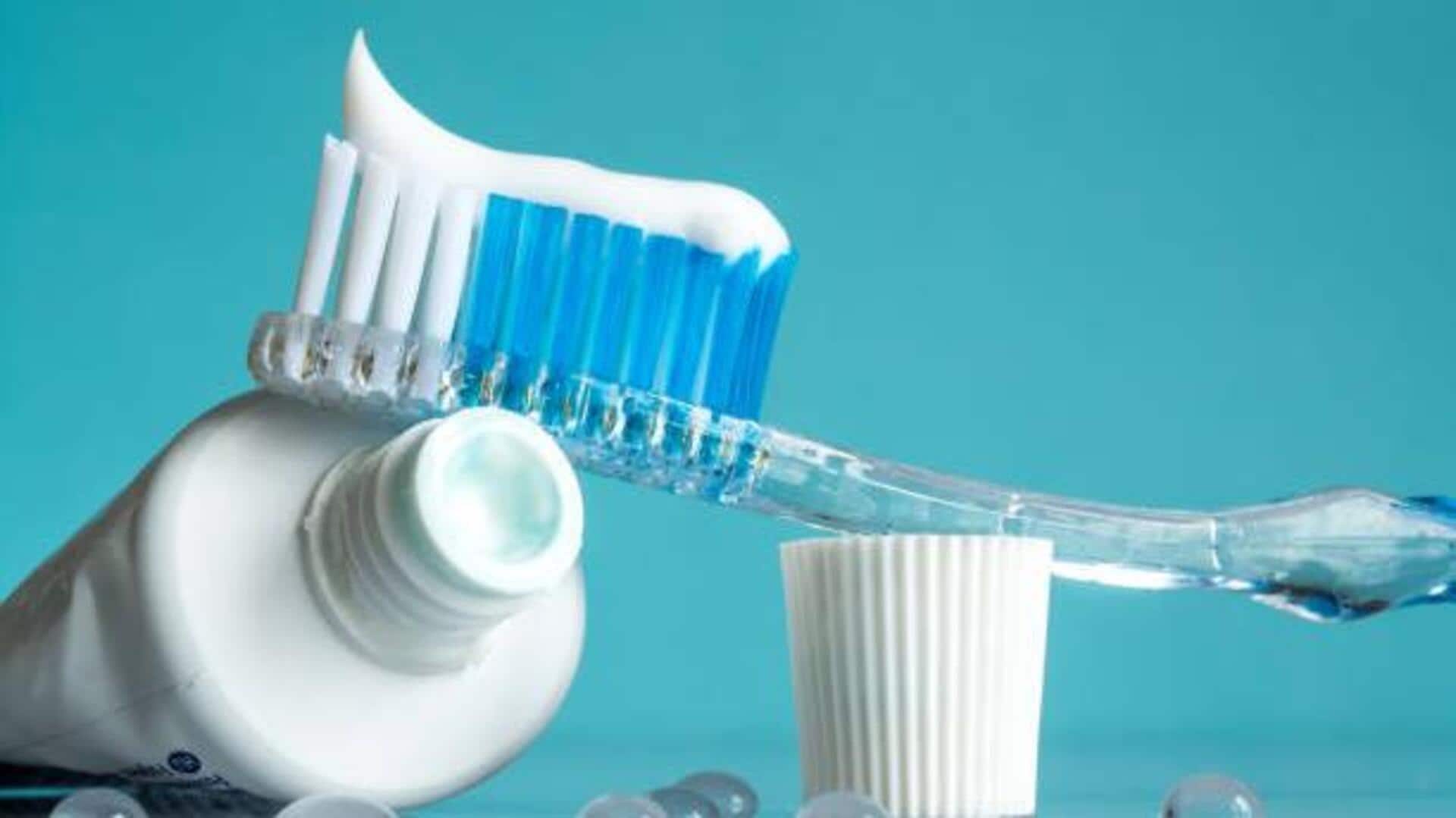
Does toothpaste heal pimples?
What's the story
We all have heard the beauty myth that toothpaste can help heal pimples. Most of us believe that dabbing a bit of toothpaste on a pimple can dry it up and shrink it overnight. The belief has been passed down from generations, but is there any truth to it? Today, we explore where this myth started, the ingredients in toothpaste, and if it's really an acne-fighting remedy.
#1
Origins of the toothpaste myth
The myth that toothpaste can cure pimples probably stemmed from its drying properties. Toothpaste has ingredients such as baking soda and hydrogen peroxide, which are known to dry out moisture. This prompted the assumption that these ingredients could also dry out pimples. However, while they may reduce moisture temporarily, they are not designed to treat skin conditions such as acne.
#2
Ingredients in toothpaste
Toothpaste has ingredients such as fluoride, triclosan, and menthol. These are meant to clean your teeth and freshen breath but are not designed for skin use. Fluoride can irritate sensitive facial skin when used topically. Triclosan has antibacterial properties but is not advised for acne treatment due to potential side effects.
#3
Potential risks of using toothpaste on skin
While applying toothpaste on pimples may seem like a foolproof solution, it can do more harm than good. The chemicals in toothpaste can lead to redness, irritation, or even burns on sensitive facial skin. Plus, using products not meant for skincare may disrupt the natural balance of oils and bacteria on your face, potentially worsening your acne over time instead of making it better.
Tip 1
Effective alternatives for treating pimples
Instead of reaching for toothpaste to treat a pimple, it is better to go for over-the-counter topical solutions with benzoyl peroxide or salicylic acid. These actives are specifically designed to target and kill acne-causing bacteria, freeing up clogged pores. They do so without causing unnecessary irritation or damage to the topmost layer of your skin, making it a safer, more effective alternative.